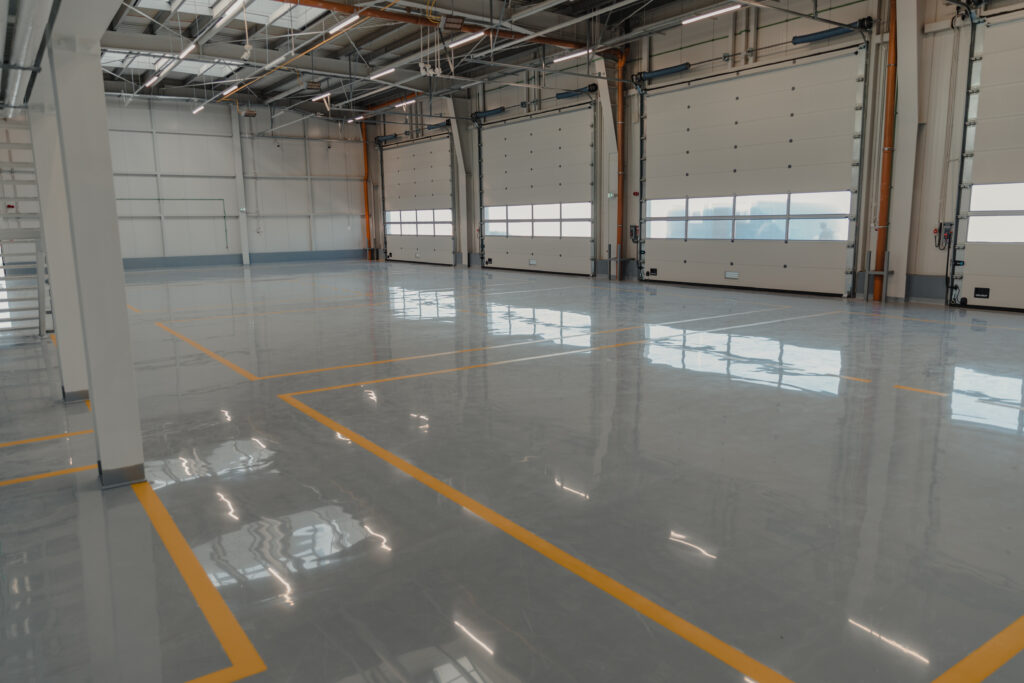
Cleanliness in Florida’s Humid Climate: Tips for Homes & Businesses
Living or operating a business in Florida offers numerous advantages, from beautiful beaches to a vibrant culture. However, the state’s humid climate can pose challenges, particularly when it comes to maintaining cleanliness in residential and commercial spaces. The combination of heat and humidity creates an environment that promotes the growth of mold, mildew, and other contaminants. To ensure your property remains clean and inviting, follow these essential tips tailored to Florida’s unique climate.
Understanding Florida’s Humidity
High humidity levels characterize Florida’s climate throughout the year. Humidity refers to the amount of moisture present in the air. In Florida, humidity levels often exceed 60% and can spike even higher during the summer months. This excess moisture creates an ideal breeding ground for bacteria, mold, and mildew, which thrive in damp environments.
Importance of Cleanliness in Humid Environments
Maintaining cleanliness in humid environments is crucial for several reasons. Firstly, mold and mildew growth not only compromise the aesthetics of your property but also pose health risks. Exposure to mold spores can trigger respiratory issues, allergies, and other health problems, particularly in individuals with compromised immune systems. Additionally, mold and mildew can cause structural damage to buildings if left unchecked, leading to costly repairs.
The Role of Green Cleaning Practices
In addition to the tips above, green cleaning practices can further enhance cleanliness in Florida’s humid environments. Green cleaning refers to using environmentally friendly cleaning products and techniques that minimize the impact on human health and the planet. Here’s how integrating green cleaning practices can benefit your residential and commercial spaces:
- Reduced Chemical Exposure: Traditional cleaning products often contain harsh chemicals that can exacerbate respiratory issues and irritate sensitive skin, especially in humid environments with limited ventilation. Green cleaning products are formulated using natural ingredients, reducing the risk of harmful chemical exposure for occupants.
- Improved Indoor Air Quality: In humid climates like Florida, indoor air quality can be compromised by mold, mildew, and chemical pollutants. Green cleaning products emit fewer volatile organic compounds (VOCs) and are less likely to contribute to indoor air pollution, resulting in cleaner and healthier indoor air for occupants.
- Sustainable Practices: Green cleaning extends beyond product selection to encompass sustainable cleaning practices that minimize waste and resource consumption. This includes using microfiber cloths and mops, which are reusable and more effective at trapping dust and debris than traditional cleaning tools. Additionally, implementing water-saving techniques such as low-flow cleaning equipment conserves water in regions where water scarcity is a concern.
- Protection of Natural Ecosystems: Traditional cleaning products often contain ingredients that harm aquatic ecosystems when washed down the drain. Opting for green cleaning products made from biodegradable ingredients can minimize your environmental footprint and help preserve Florida’s delicate ecosystems, including its pristine beaches and waterways.
- Enhanced Reputation: Embracing green cleaning practices can bolster your reputation as an environmentally responsible business or homeowner. Consumers increasingly prioritize sustainability and eco-friendliness when making purchasing decisions, and showcasing your commitment to green cleaning can attract environmentally conscious customers and tenants.
Integrating green cleaning practices into your cleaning routine can enhance cleanliness while minimizing environmental impact in Florida’s humid climate. Whether you’re managing a residential property or commercial establishment, switching to green cleaning is a proactive step towards creating a healthier and more sustainable indoor environment for occupants and the planet alike.
Tips for Residential Spaces
1. Invest in Dehumidifiers: Installing dehumidifiers in your home can help regulate indoor humidity levels, reducing the risk of mold and mildew growth.
2. Use Exhaust Fans: Proper ventilation is essential for reducing humidity levels, especially in areas prone to moisture buildup, such as bathrooms and kitchens. Ensure that exhaust fans are installed and functioning effectively.
3. Clean Regularly: Develop a consistent cleaning routine to prevent the buildup of dirt, dust, and moisture. Pay special attention to areas such as bathrooms, kitchens, and basements where moisture levels tend to be higher.
4. Dry Wet Areas Promptly: Address any water leaks or spills promptly to prevent moisture from accumulating and promoting mold growth. Use towels or a wet vacuum to dry moist areas thoroughly.
5. Choose Mold-Resistant Materials: When renovating or furnishing your home, opt for materials that are resistant to mold and mildew, such as mold-resistant paint, moisture-resistant flooring, and mildew-resistant caulking.
Tips for Commercial Spaces
1. Implement Regular Maintenance: Schedule routine cleaning and maintenance for your commercial property to address any issues promptly. This includes cleaning HVAC systems, inspecting for leaks, and repairing any damaged seals or caulking.
2. Train Staff on Cleanliness Protocols: Educate your staff on proper cleaning techniques and hygiene protocols to ensure that cleanliness standards are upheld consistently.
3. Utilize Professional Cleaning Services: Consider hiring a professional cleaning company that specializes in commercial properties. These professionals have the expertise and equipment to thoroughly clean and sanitize your space, reducing the risk of mold and mildew growth.
4. Install High-Quality Ventilation Systems: Invest in quality ventilation systems to improve air circulation and reduce humidity levels indoors. Proper ventilation is crucial for preventing moisture buildup and maintaining a clean environment.
5. Monitor Indoor Humidity Levels: Regularly monitor indoor humidity levels using hygrometers to ensure they remain within the recommended range (ideally between 30% and 50%). Take appropriate measures if humidity levels exceed this range, such as increasing ventilation or using dehumidifiers.
Conclusion
Maintaining cleanliness in Florida’s humid climate requires proactive measures and consistent effort. By understanding the factors contributing to mold and mildew growth and implementing the tips outlined above, you can keep your residential and commercial spaces clean and healthy year-round. Remember, investing in prevention and regular maintenance is vital to preserving the beauty and integrity of your property in the face of Florida’s challenging climate.
